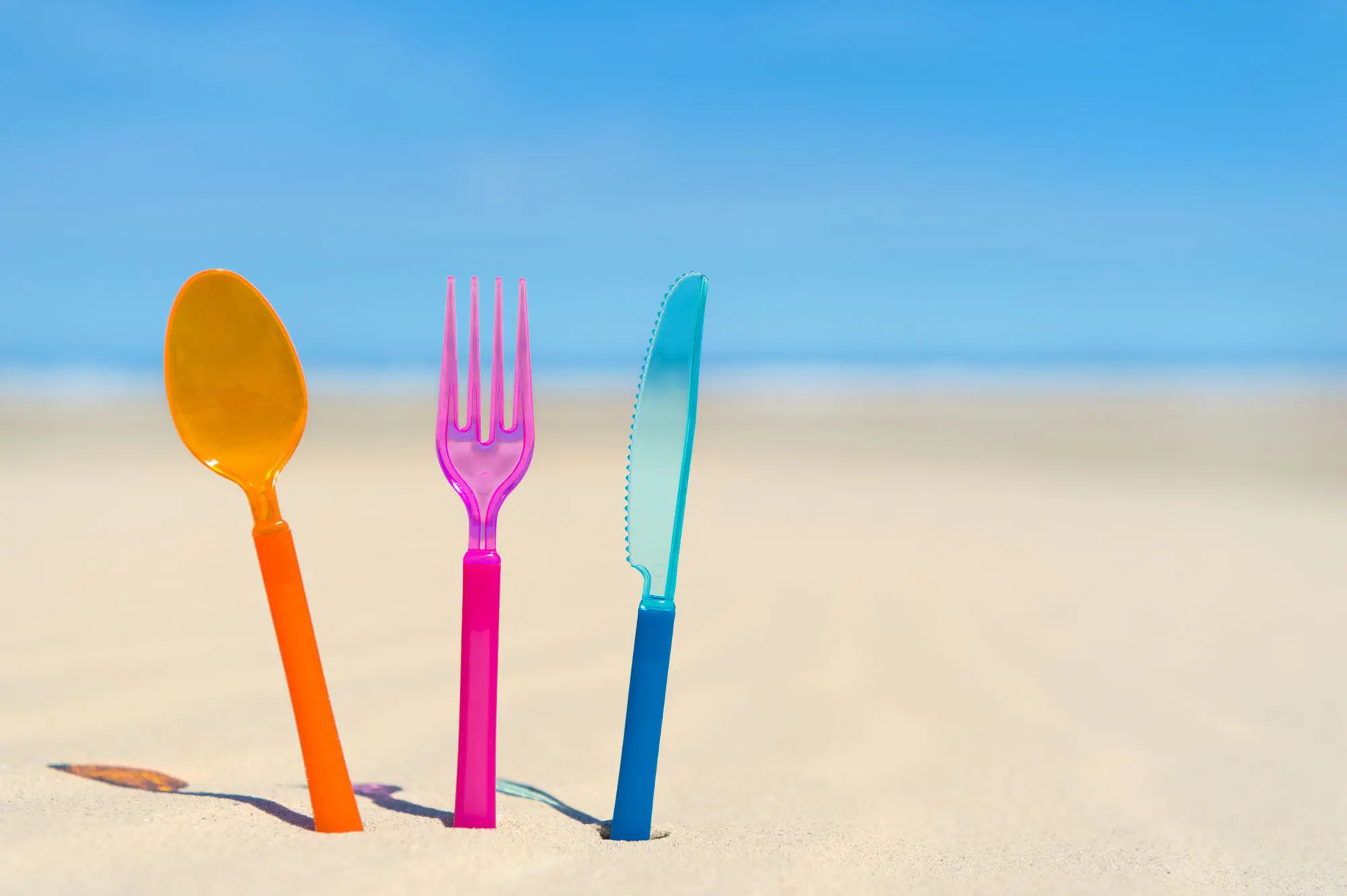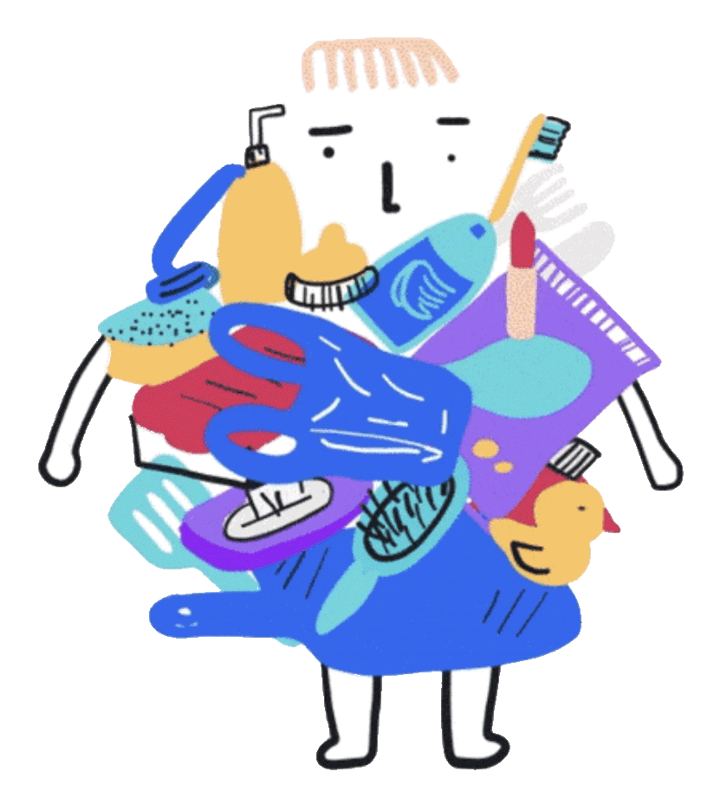All that packaging is used only once. A material that in principle can last a long time and can also be reused is thrown away and considered unusable after a few minutes. Those who sort their waste for recycling realize how much single-use plastic we throw away every day. The single-use plastic problem is global, especially in countries where waste is not collected or plastic cannot be handed in separately for recycling.
Soft-drink single-use plastic bottles
Every second, 15,000 plastic bottles are sold worldwide. That is 1,000,000 per minute and 480 billion a year. Coca-Cola sells the majority of these: 110 billion a year. Only 7% of these single-use plastic bottles are recycled, despite the fact that the material used (PET) is one of the easier to recycle. In addition, PET sinks but bottle caps do not. They are made from a different type of plastic (HDPE) and are lighter than water. As a result, more caps wash up on beaches than bottles.
Every second, 15,000 plastic bottles are sold worldwide. That is 1,000,000 per minute and 480 billion a year. Coca-Cola sells the majority of these: 110 billion a year. Only 7% of these single-use plastic bottles are recycled, despite the fact that the material used (PET) is one of the easier to recycle. In addition, PET sinks but bottle caps do not. They are made from a different type of plastic (HDPE) and are lighter than water. As a result, more caps wash up on beaches than bottles.
Mini Packages
One of the main causes of the plastic soup is plastic packaging deriving from countries with poor waste infrastructure. In countries where people have low purchasing power, many products are marketed in mini-packages, called sachets, which worsen the single-use plastics problem. In the Philippines, each resident uses an average of 591 sachets per year. Many things are sold in sachets: coffee, shampoos, chocolates, noodles, etc. In the Philippines, 14,000,000 sachets are sold every day, amounting to almost sixty billion a year. These mini-packages are found everywhere in the environment, as there is no financial profit in recycling them. Based on the packaging which was found in 5 cities during clean-up actions on beaches of the Philippines, the responsible brands were revealed. Unilever, Procter & Gamble, Nestlé, PT Mayora, Colgate-Palmolive and Coca-Cola comprise the top six and are together responsible for approximately three-quarters of the plastic waste.
One of the main causes of the plastic soup is plastic packaging deriving from countries with poor waste infrastructure. In countries where people have low purchasing power, many products are marketed in mini-packages, called sachets, which worsen the single-use plastics problem. In the Philippines, each resident uses an average of 591 sachets per year. Many things are sold in sachets: coffee, shampoos, chocolates, noodles, etc. In the Philippines, 14,000,000 sachets are sold every day, amounting to almost sixty billion a year. These mini-packages are found everywhere in the environment, as there is no financial profit in recycling them. Based on the packaging which was found in 5 cities during clean-up actions on beaches of the Philippines, the responsible brands were revealed. Unilever, Procter & Gamble, Nestlé, PT Mayora, Colgate-Palmolive and Coca-Cola comprise the top six and are together responsible for approximately three-quarters of the plastic waste.
Donate and make a difference
Science is at the forefront of everything wedo. We work closely with universities and want to keep you up to date with the latest knowledge and developments. For this we also need your support, help us by making a donation!
Science is at the forefront of everything wedo. We work closely with universities and want to keep you up to date with the latest knowledge and developments. For this we also need your support, help us by making a donation!



